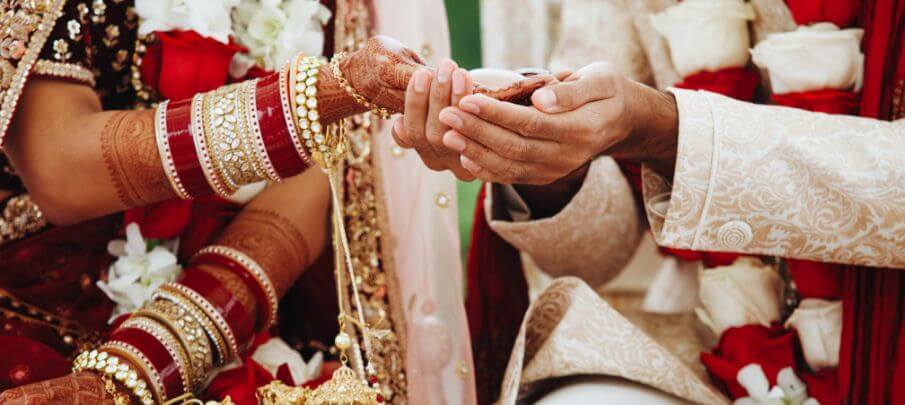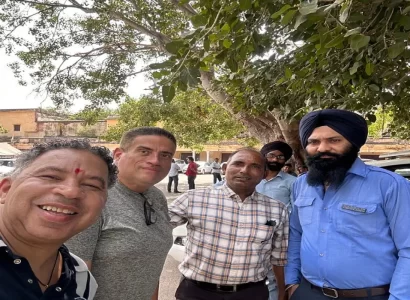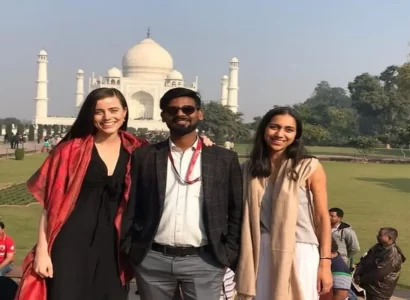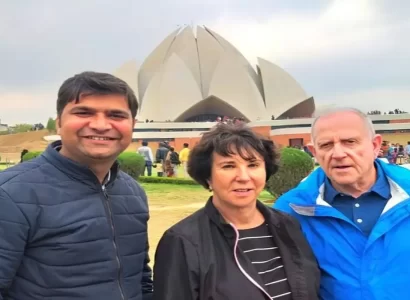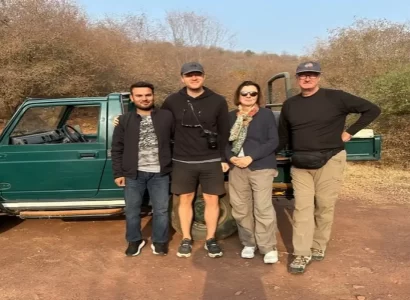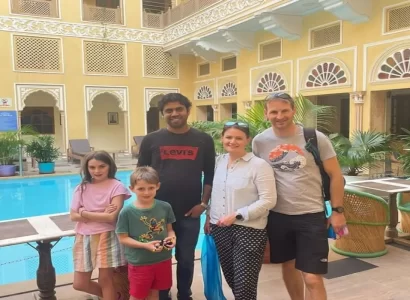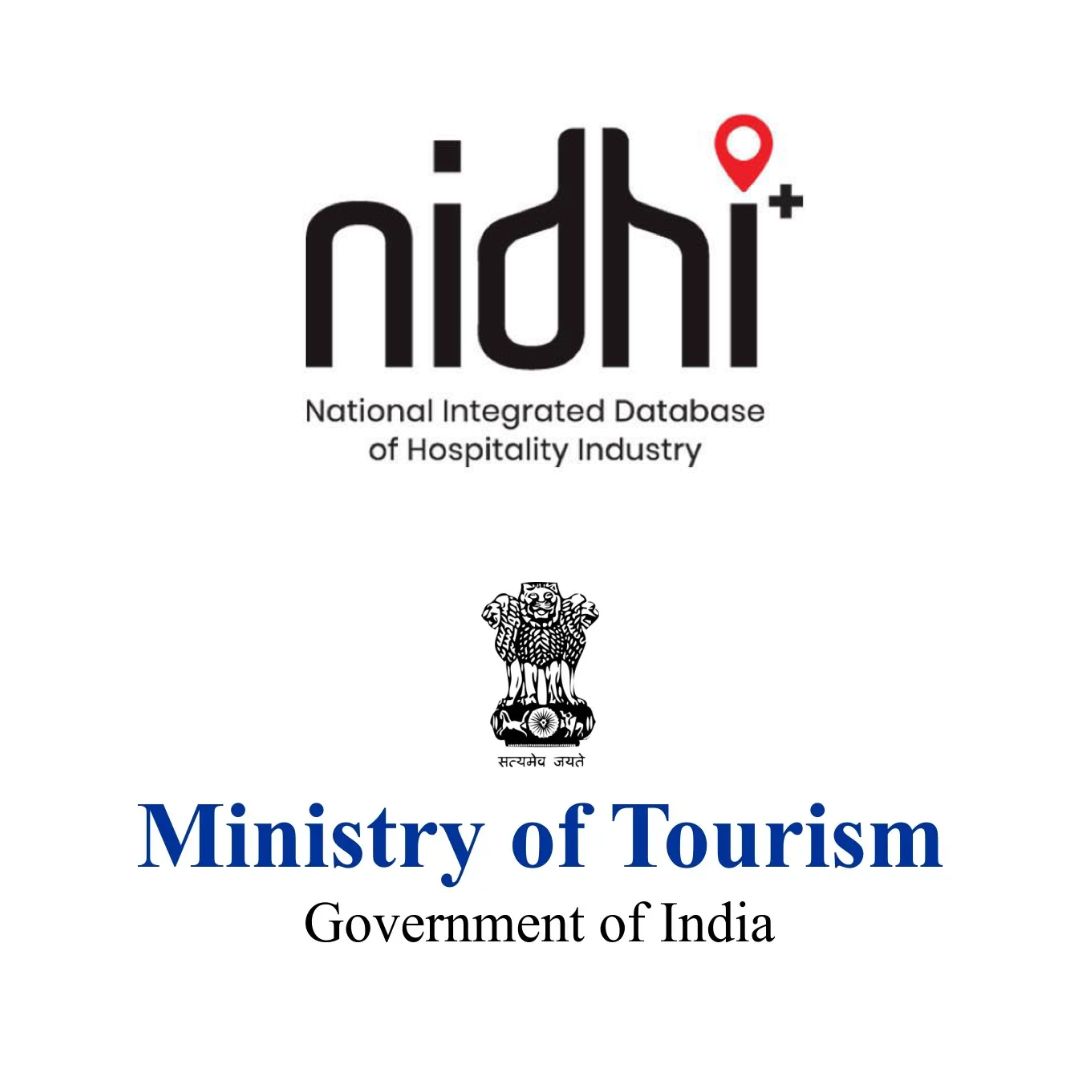Indian (Hindu) marriages are rich in tradition and often filled with beautiful customs and rituals. Whether you’re a to-be-wed in the throes of wedding planning and looking for ways to honour your heritage or a wedding guest preparing to attend a Hindu wedding ceremony for the first time, you must understand the traditions customarily included in Hindu weddings.
While many modern couples opt to personalize their nuptials, the big day is a beautiful spot to honour heritage, even if that means just a few of these many ideas get included in the wedding plans. Take a gander at this ultimate guide to Hindu wedding traditions, and be sure to bookmark it to reference again down the road.
Procedural aaparatus
Lagna Patrika
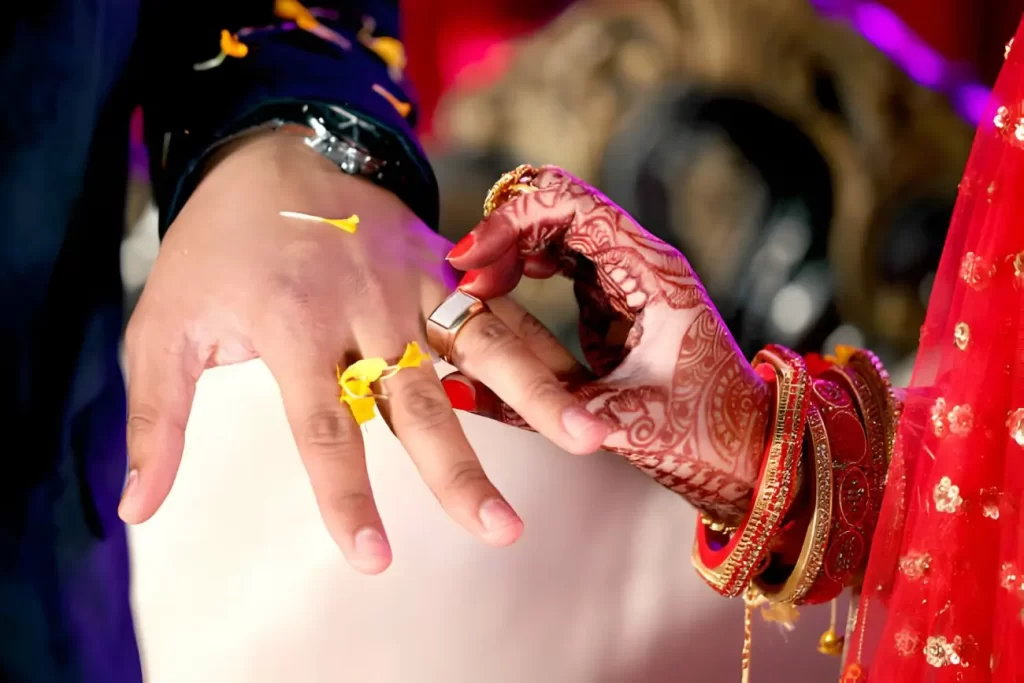
The lagna patrika is the formal engagement ceremony and announcement of the couple’s impending marriage.
During this couple, the couple exchanges a written vow that the marriage ceremony will take place at a later date they’ve selected. Another ritual known as wagdaan may also occur as part of the engagement.
The form of wagdaan differs from family to family, but it usually involves exchanging a ring as a promise of marriage. The wagdaan typically occurs during an engagement party known as mangni (in northern India) or nischitartham (in southern India).
Barni band Hwana
Fifteen days before the actual wedding, there is a ritual known as barni band-Hwang, which involves tying a thread, called mauli, to the groom and his parents’ hands as a way of asking the gods for safety on the wedding day.
It is also followed by a ‘maternal uncles’ ceremony, in which the maternal uncles of both would-be weds bless the couple and give clothes to the bride and her mother for the wedding day.
Mandvo or Pithi Prewedding ceremony
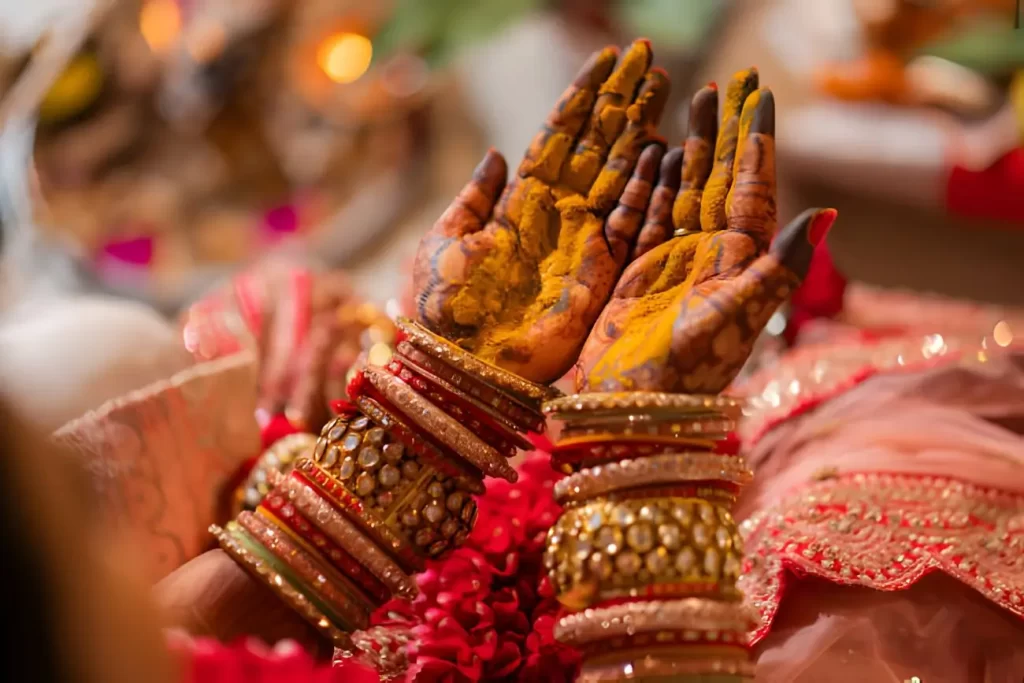
In this ceremony, turmeric or haldi is applied to the bodies and faces of the couple. Turmeric paste is mixed with fragranced oils and rose petals, and it symbolizes beauty, fertility, and purification before the wedding.
Nowadays, couples and their families prefer to have elaborate Haldi ceremonies, with every guest flaunting yellow dresses and sunglasses!
Mehendi
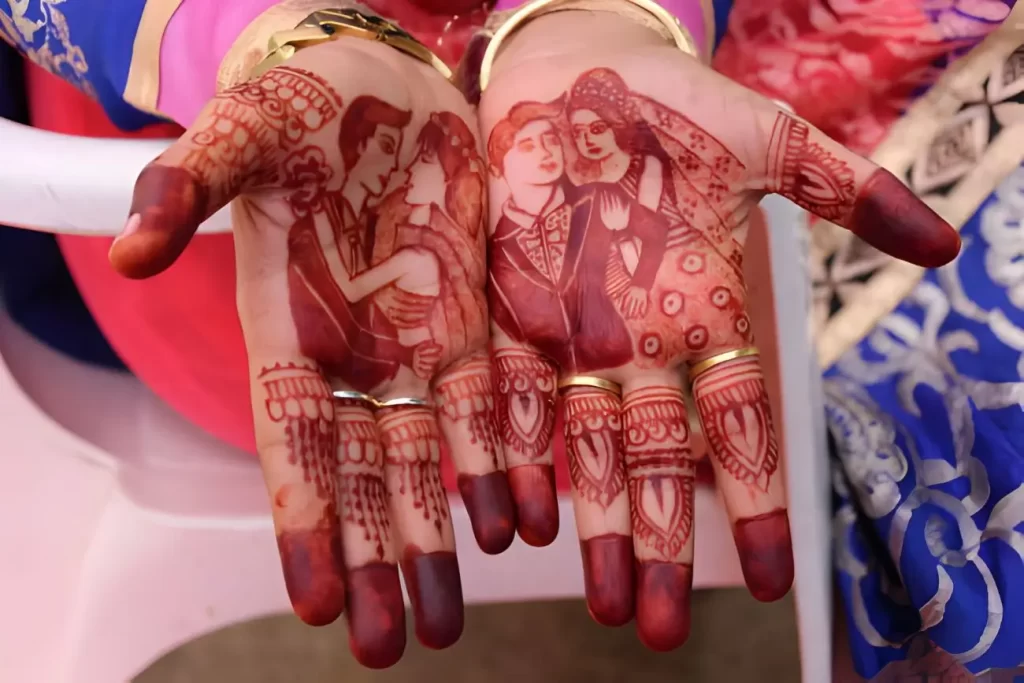
This ceremony marks the design of the bride’s hands and feet with beautiful and intricate patterns of henna. It aids in providing the bride with a cooling sensation, relieving her from the stress.
It is a women’s luncheon whereby the older women share their wedding experiences, bonds and advice with the would-be-bride so that she can spend a fruitful life ahead.
It is often told in the folklore that the darker the colour of the mehendi, the more beautiful the bond between the bride and her husband and in-laws. Mehendi also serves various medicinal purposes as well.
Conventionally, it is the bride’s family wherein this ritual is performed, but nowadays, even the groom applies Heena and flaunts his decorated hands! It is a clear example of how the Indian society premised primarily on the consolidated structures of traditions and customs is being transformed to keep pace with modern realities.
Imbibing the traditions with contemporary demands is the need of the hour.
Sangeet
It is the Indian version of the rehearsal dinner. This element of the plethora of Indian wedding rituals isn’t focused on the religious part of it; instead, it focuses on the ‘fun’ part! It is an excellent occasion for two families to meet and bond.
Dances are performed by the family and friends, which are choreographed by talented family members themselves or even a professional can be hired for the same. It is a day to celebrate the couple and their beautiful life ahead.
Vara Yatra
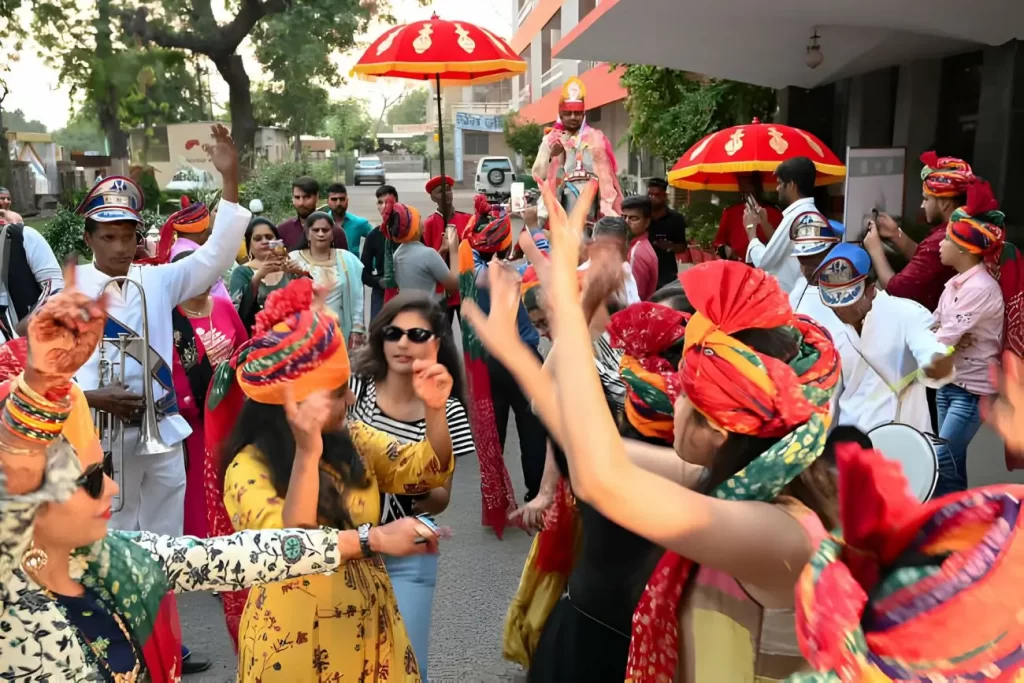
The baraat, sometimes called Vara yatra, is the groom’s arrival at the wedding ceremony amid much pomp and circumstance. There is typically lots of dancing and singing as he enters with a parade of loved ones.
“The baraat is a family meeting that includes festive music, drummers, and much dancing. The groom is accompanied by his brothers, friends, and family members.
Depending on the area from which the groom hails, he may arrive on a horse, an elephant, or a fancy vintage car.
Tilak
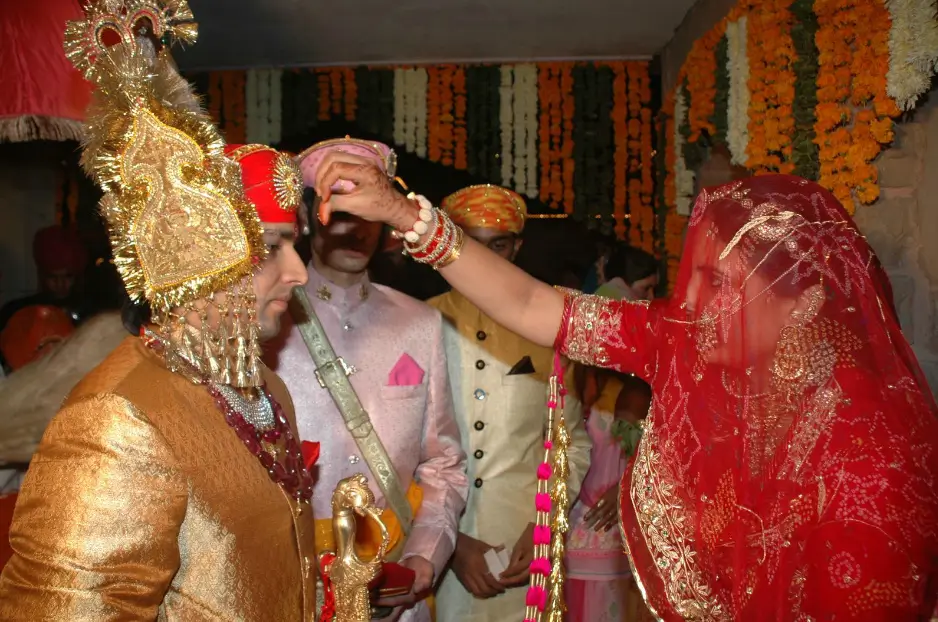
The bride’s family welcomes the groom and applies tilak on his forehead, which Is one of the rituals that occurs as part of the welcome ceremony.
Kanya Aagman
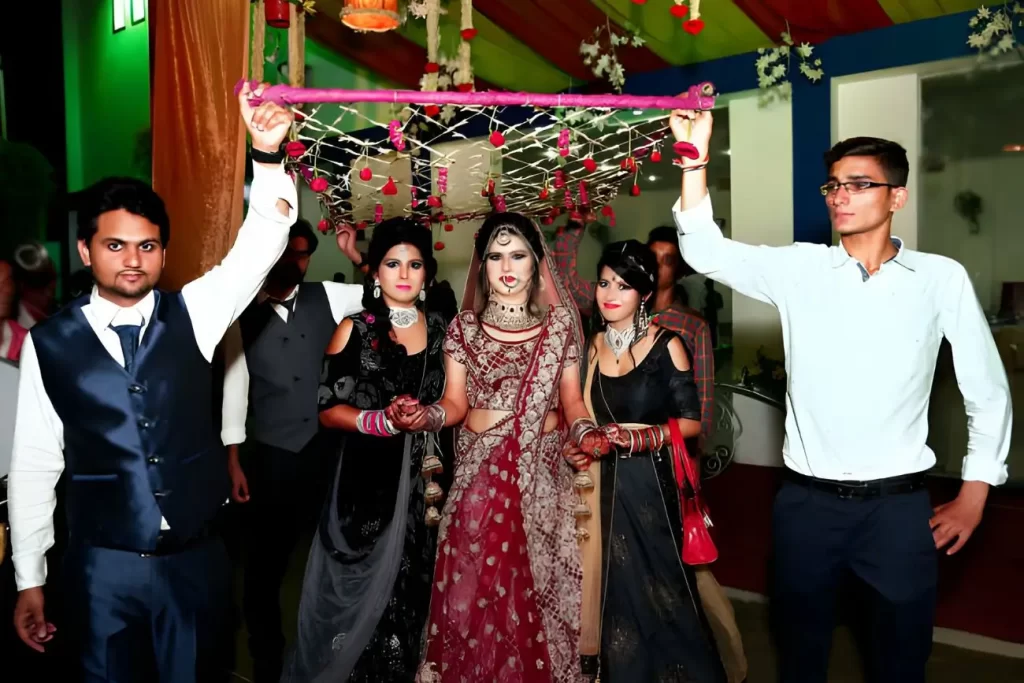
It is the most awaited moment for the bride, dressed in a beautiful lehenga embellished with jewellery; she enters the mandap under a canopy, accompanied by her brothers, maternal uncles, or bridesmaids.
Mandap
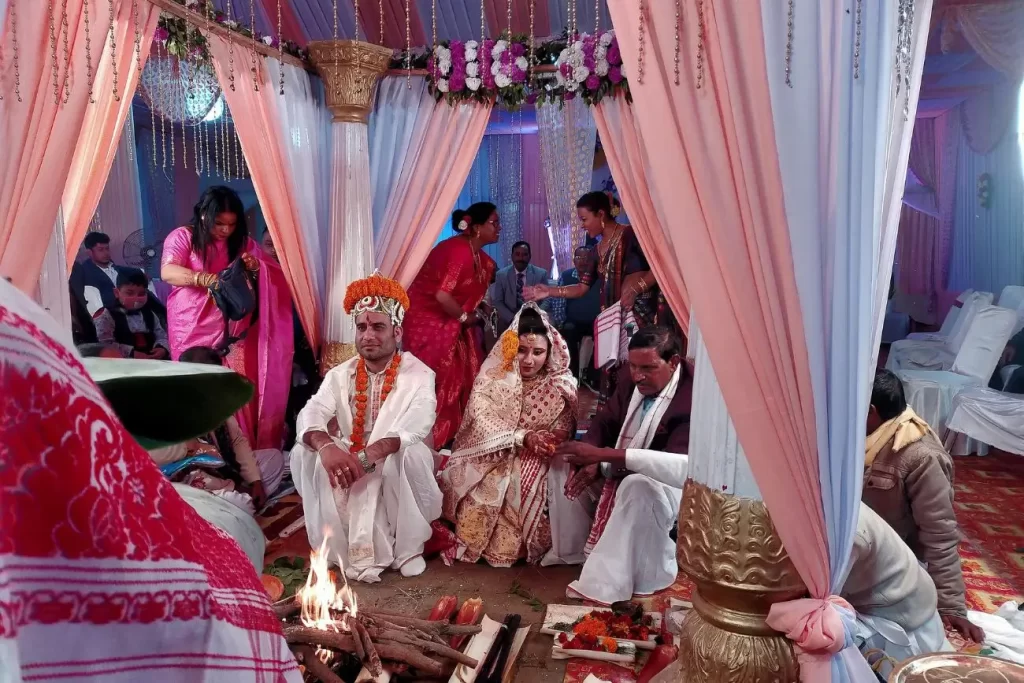
Four pillars surround it; these four pillars aren’t just a structure. Instead, they represent different stages of life – Brahmacharya, Grihastha, Vanaprastha and Sanyasa, or the four essential aspects of human life—Dharma, Artha, Kama and Moksha.
Still, regardless of what you believe, the structure itself has become the focal point of the wedding. It is even said to symbolize the four elements of nature. Even with modern interpretations of Indian wedding designs, there is more to the Mandap, and we are here for it!
This Mandap is centred by a fireplace or Agni, representing a guard against all evil. Here, the ceremony begins with the priest chanting hymns, followed by Ganesh Puja, to invoke the blessings of the elephant-headed God for a fruitful beginning of the ceremony and married life at large.
It is followed by the Gantbandan and Kanyadaan, wherein the father places the bride’s right hand in the groom’s hand and then ties the groom’s scarf to the bride’s.
It symbolizes the request for the couple to enter into marriage as equal partners. Additionally, the ritual symbolizes the parent’s acceptance of the marriage and represents letting go. After kanyadan, hastamelap takes place.
The bride’s mother pours sacred water onto the couple’s hands during this. It is then followed by what is known as the Jai Mala, in which the bride and the groom exchange floral garlands. Then it is the Satapadi or Saat Fere, in which the bride and groom take vows of a long and beautiful life together.
Then is the Mangalsutra ceremony, wherein the groom puts on a sacred necklace made of black and gold beads to protect the bride against all evils. However, now, it has become more or less a fashion statement.
Then, the groom applies sindoor – a powder made up of turmeric, lime and mercury in the hair partition of the bride. The logic is that the mercury cools the body and releases stress. The aashirvaad follows this ceremony, and then the
Viddai
Wherein the bride bids adieu to her family and leaves for a new chapter of life.
CONCLUSION
ARE INDIAN MARRIAGES ANCIENT ENIGMA OR A FORM OF RATIONALLY DRIVEN PRACTISE ?
India is a land of beauty, and every little ritual prevalent here is symbolic of art; it represents something or the other and has some rationale behind it. Often, these rituals lose their significance amidst accusations regarding them as stereotypical and acts of foolhardy, but it is not at all so.
Drawing from the ancient era, the transition hasn’t been swift but gradual, and it will take time for the older generations to be comfortable with the modern times.
And for the millennials to make peace with the culturally driven yet rationally centred age-old practices. And for the international community to acknowledge these, their domestic appraisal is vital.
